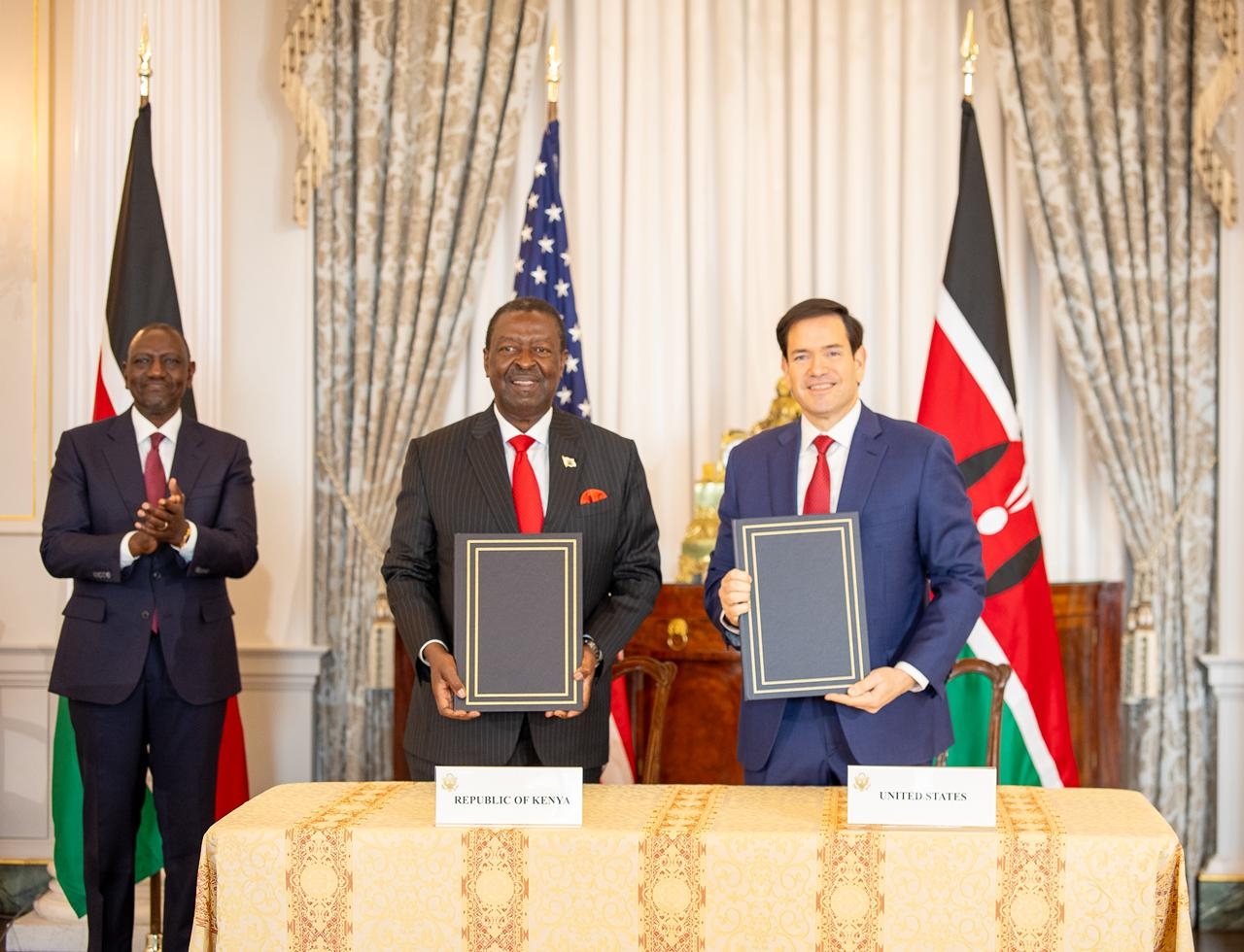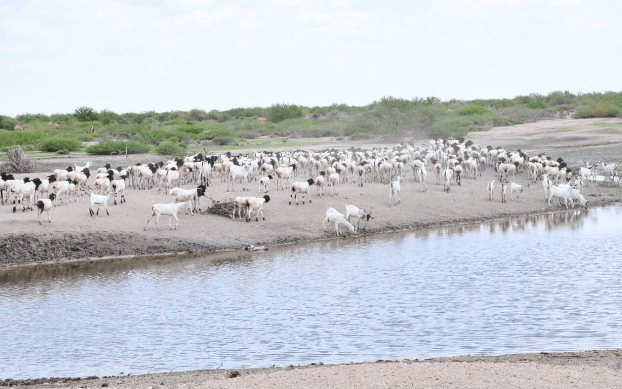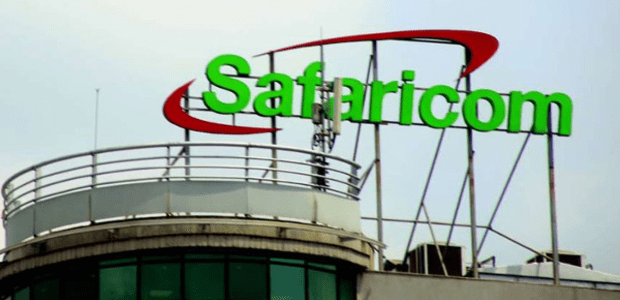Kenya’s plan to have a sustainable dairy industry is gaining traction among sector players, boosting the country’s long-term plan on food security, meeting nutritional needs and contributing to economic growth.
Kenya Dairy Board (KDB) has made major inroads in the implementation of the “Kenya Dairy Industry Sustainability Roadmap 2023-2032” which aims to transform the dairy sector by ensuring it meets the increasing demand for milk and milk products, without compromising food safety and causing irreparable damage to the environment.
KDB managing director and CEO Margaret Kibogy has been leading the agency and industry experts in visiting dairy processors as part of the ongoing efforts to implement the roadmap.
Unveiled in December last year, the roadmap is a comprehensive 10-year plan designed to revolutionise the dairy industry. Its primary goal is to reduce greenhouse gas emissions, aligning with the national and global commitments under the Dairy Net Zero campaign.
To reach its potential while fending off threats to its stability and future prospects, Kenya’s dairy industry requires a concerted, industry-wide effort focused on all elements of sustainability, including economic, social and environmental aspects, Kibogy said.
“The Kenyan dairy industry has an active role to play in providing solutions to these challenges and in realising sector ambitions,” she said.
This hence calls for accellerated shift to more sustainable practices and business models characterised by among others, more intensive and commercially oriented production system by smallholder and medium- sized dairy units.
Key pillars under the roadmap include prosperity (produce sufficient milk to meet domestic demand and export targets in a competitive way), People (supply quality, safe and affordable milk while providing decent livelihoods across the industry), and planet (lower the environmental footprint of the dairy industry to support the country in meeting its National Determined Contribution (NDC) targets, and principle of governance.
The NDC seeks to abate greenhouse gases emissions by 32 per cent by 2030 in line with Kenya's sustainable development agenda through low carbon and climate-resilient growth.
KDB is keen to drive industrial-scale, collectively contracted fodder production and purchase by leading dairy cooperatives, and higher consolidation of actors into fewer, better, capitalised and financially sustainable operators.
It is also driving the agenda on joint ventures with global actors that catalyse innovation, market diversification and carbon capture, and coordinated industry efforts to lift the entire industry.
“Based on in-depth situation analysis, the Kenya Dairy Industry Sustainability Roadmap brings together key industry players, along with government, to set an overall strategic vision for a sustainable dairy industry in Kenya, with a set of priority interventions and related targets to achieve that vision,” said Kibogy.
The roadmap targets to ensure at least 80 per cent of marketed milk output goes through the cold chain whether formally or informally marketed.
It sets the ground to have at least 60 per cent of marketed milk output formally processed, lower retail price of packaged whole milk by at least 20 per cent from early 2023 highs, and increase dairy farm owners’ monthly earnings to at least double the minimum wage.
According to Kibogy, the roadmap enables actors in the dairy industry to collaborate with stakeholders across the value chain to articulate a common approach on how their industry can progress towards sustainable practices, through business solutions and wider sector partnership.
Kenya is a lower middle-income country with high ambitions, acting as a key growth hub for the East Africa region.
The country’s population is growing at around two per cent annually, reaching 50.6 million in 2022, with a total GDP of Sh13.4 trillion, according to the Economic Survey 2024.
While the country is developing and urbanising rapidly, agriculture remains the largest sector of the economy.
The dairy sub-sector contributes about four per cent to the country’s GDP and supports more than 1.8 million smallholder farmers.
At over four billion litres cow milk annually, Kenya’s dairy industry production is among the highest in Africa, combined with higher per capita dairy consumption relative to other regional countries.
In addition to supporting livelihoods, the sector is a key contributor to food security and nutrition with milk being a major source of nutrition, providing 7.3 per cent of the calorific supply in 2021 and ranked fourth after cereals, pulses and sugar sweeteners.
However, the sector is underperforming with existing processing facilities collectively running below 50 per cent capacity, due to insufficient supply of milk.
“There is a prevalence of non-commercial dairy farms unable to turn a profit and return a decent living for farmers,” KBD notes in its roadmap.
According to industry reports, sector and industry governing bodies and associations are fragmented and in some cases, inactive at a time when coordinated and focused effort to address industry challenges is required.
Meanwhile, customers are increasingly wary of the industry’s ability to provide safe and high-quality products at an affordable price.
Dairy and climate
At the same time, the dairy and livestock sectors are highly sensitive to climate change and have suffered greatly from consecutive failed rain seasons in Kenya.
Dairy farming faces a high risk of further decline in productivity resulting from increasingly variable weather occasioned by climate change, as well as cumulative impacts of longer-term environmental degradation.
“It is our expectation that the roadmap will enable the country employ modern technology and climate-smart approaches to competitively produce, process and market an additional 2.5 billion litres of quality milk per year to meet growing demand,” Kibogy said.
This, even as it heralds modern farming, efficient manufacturing, cutting-edge research and development, increased finance, and enhanced trade opportunities with wider implications for rural transformation, in line with Kenya Vision 2030 and Bottom Up Economic Transformation Agenda.

















